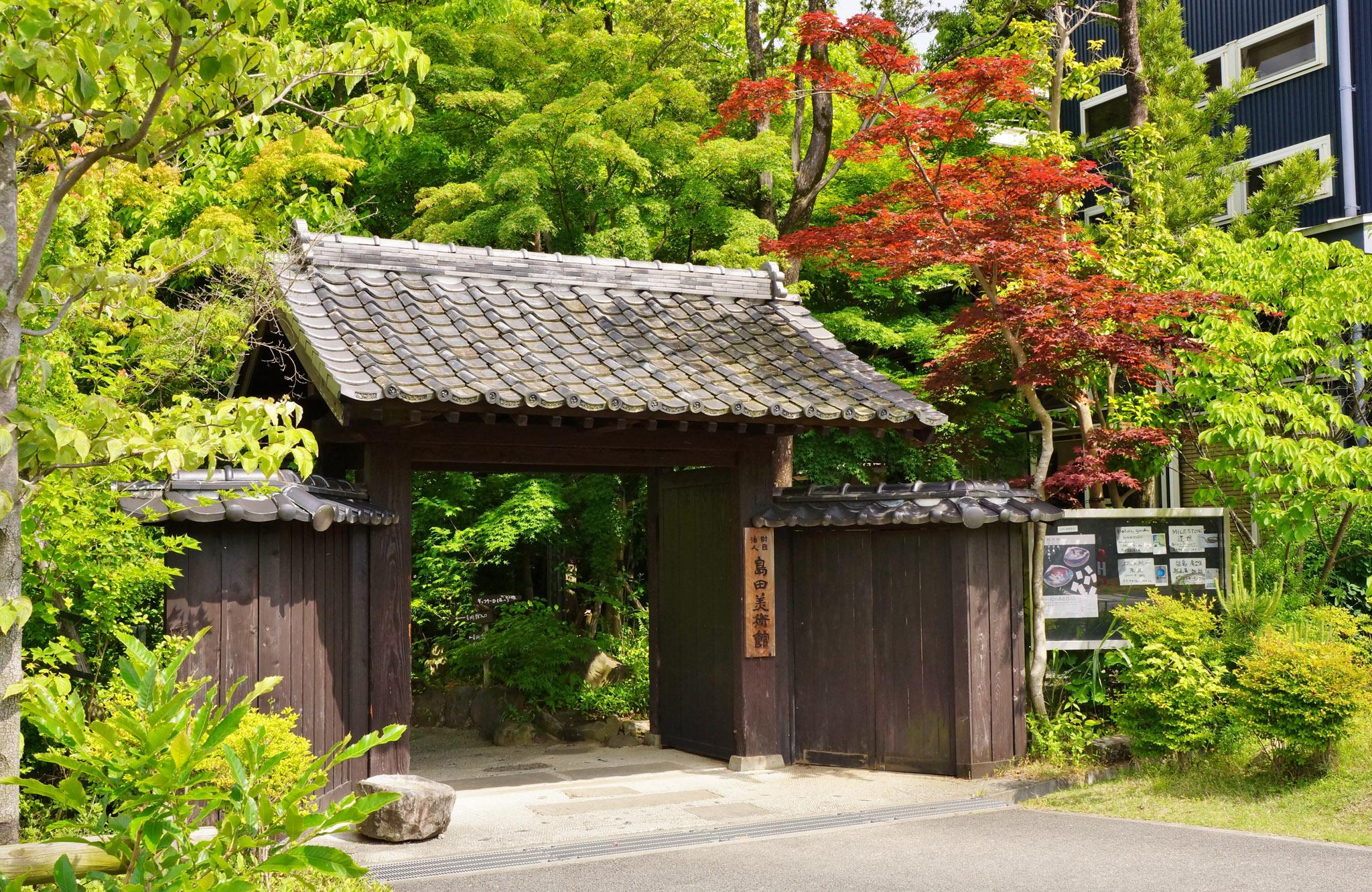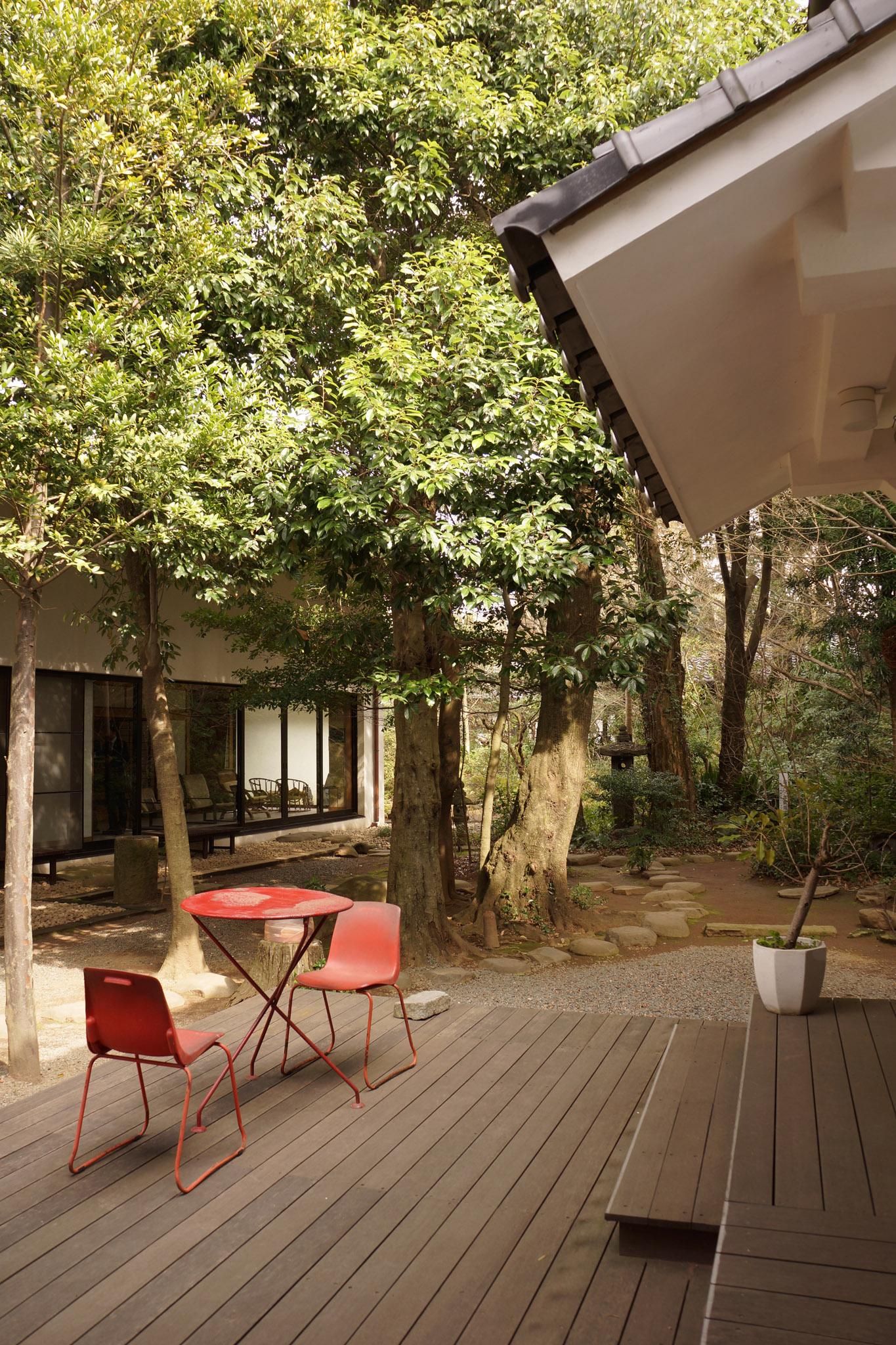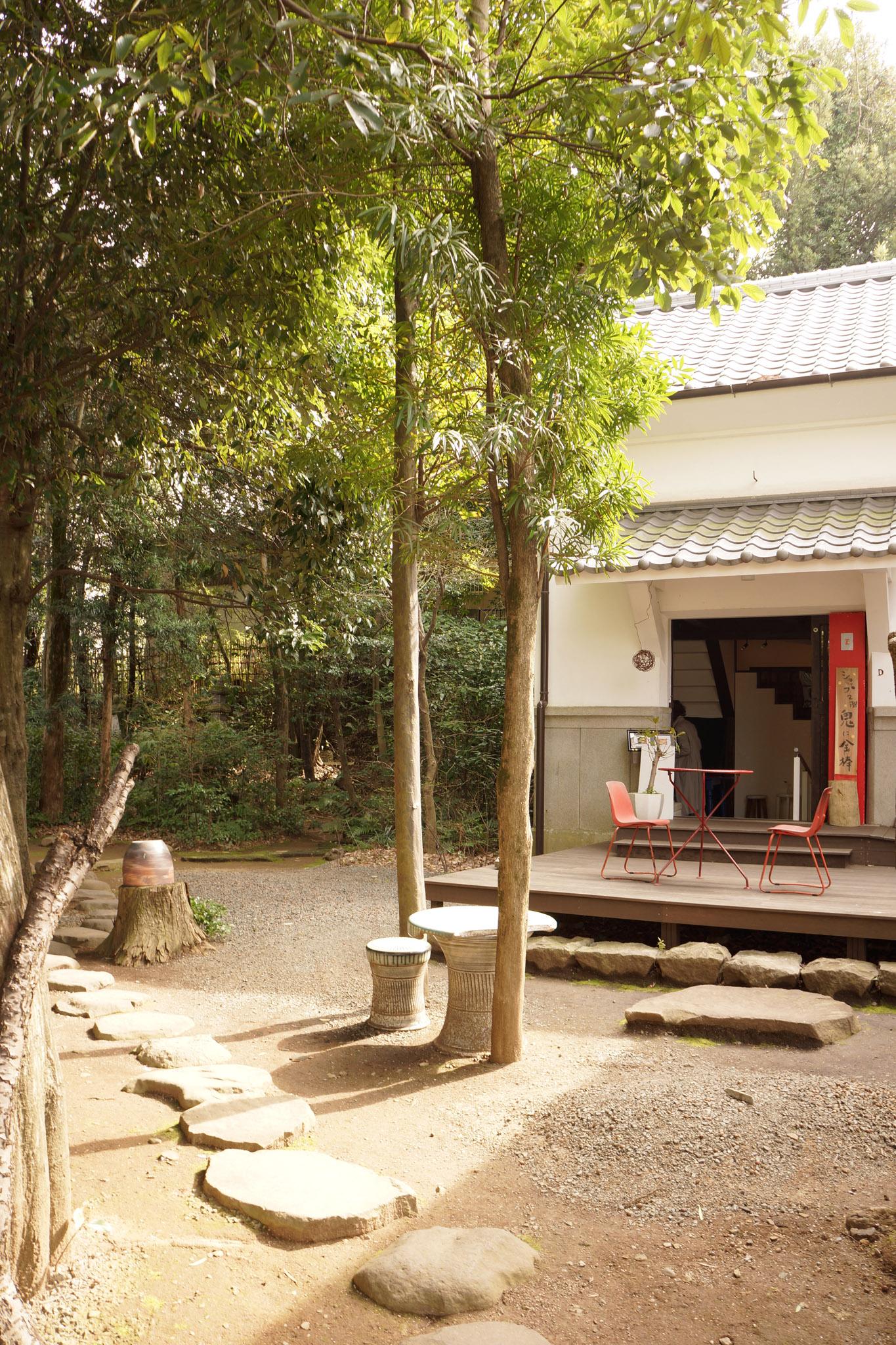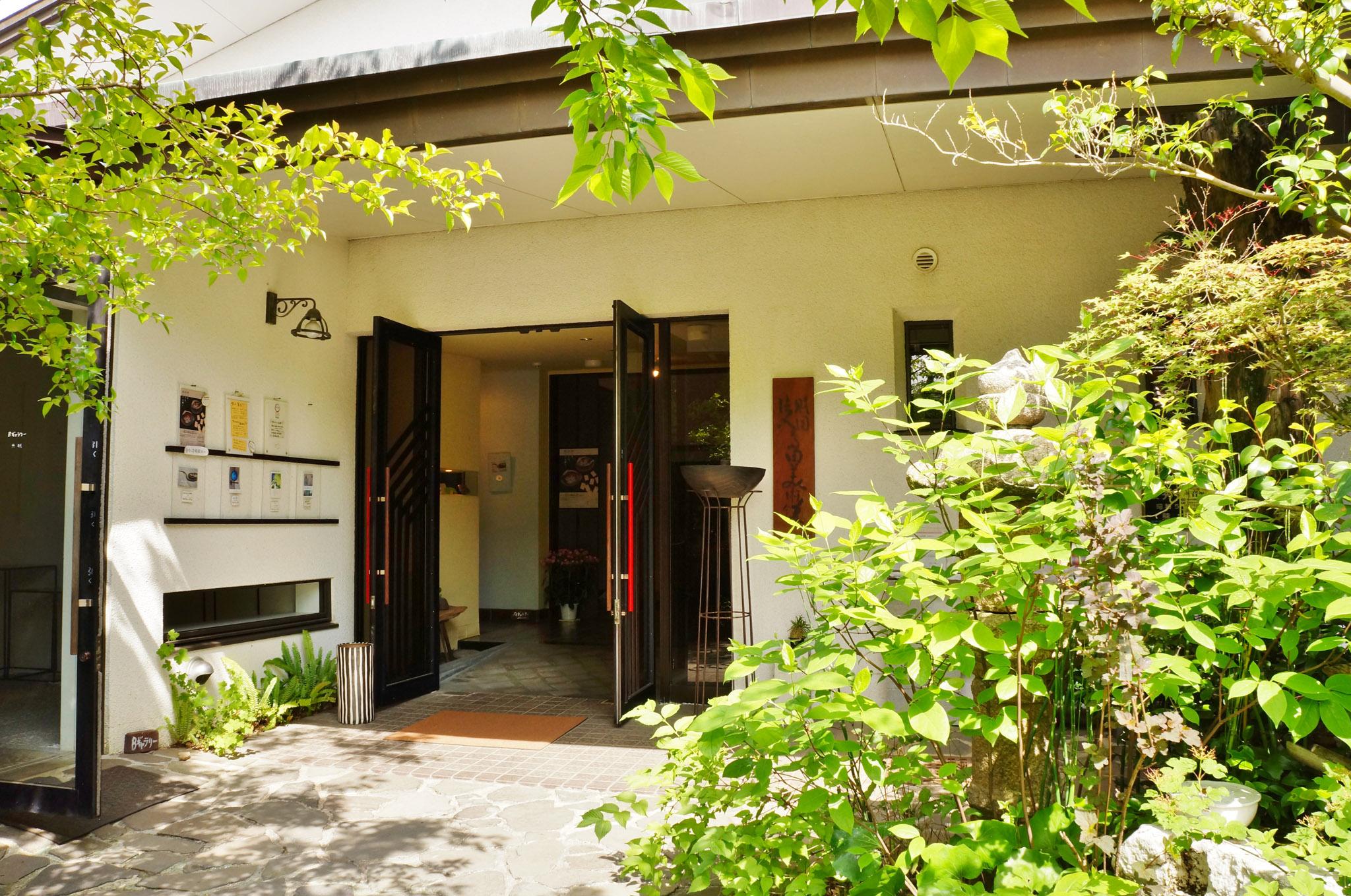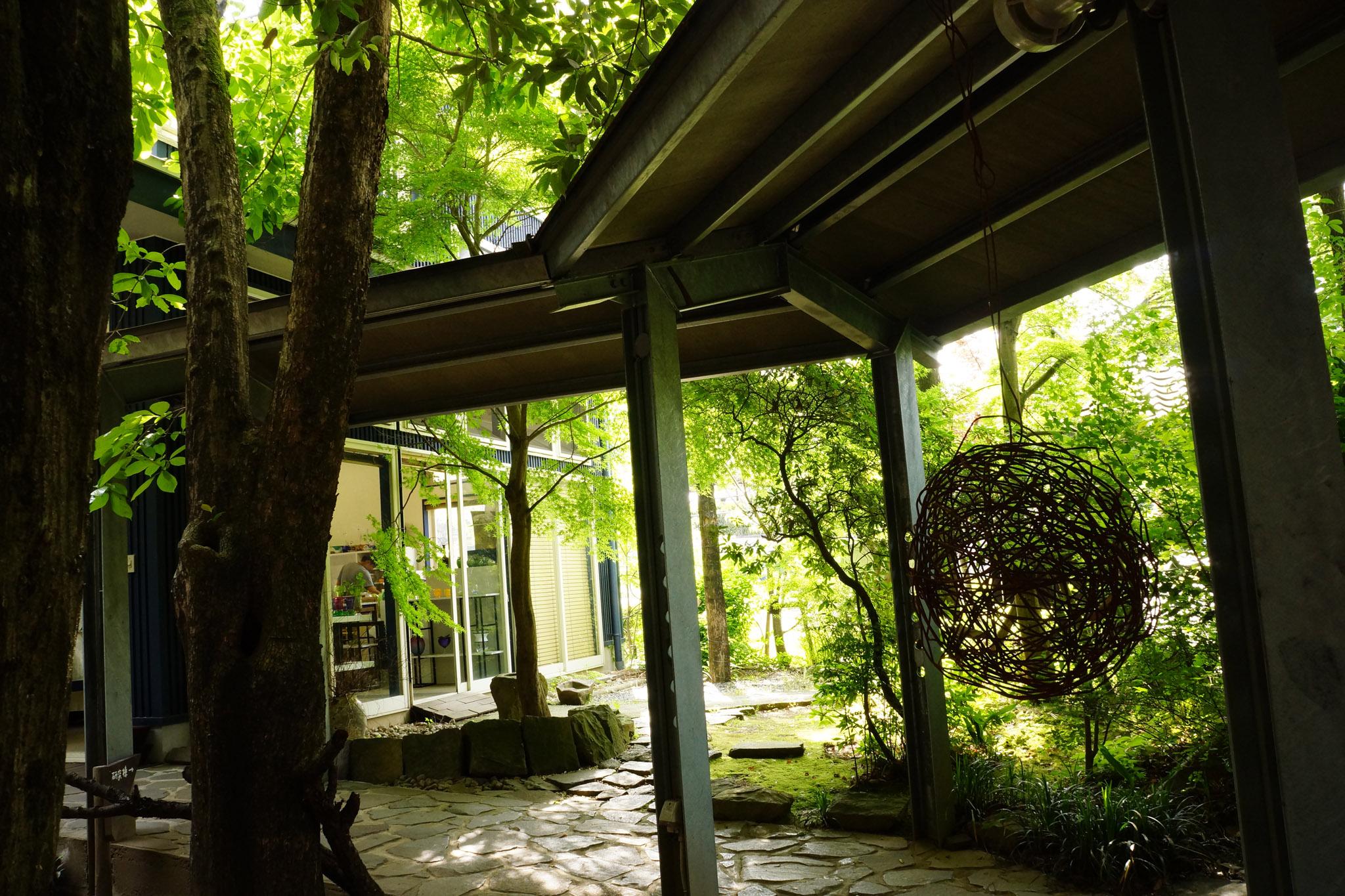This small private museum in the western part of Kumamoto has a collection of artifacts primarily related to Miyamoto Musashi (1584–1645), the wandering swordsman who spent the last five years of his life in Kumamoto under the patronage of the domain lord Hosokawa Tadatoshi (1586–1641) and Tadatoshi’s successor Hosokawa Mitsunao (1619–1650). Not many items related to Musashi are extant; most of those that are have been preserved in Kumamoto, and perhaps a third of them are in this museum. The collection was assembled by Shimada Matomi (1886–1977), a devotee of Japanese antiquities who passed away the same year the museum opened.
The collection consists of paintings, sumi-e ink paintings, literary manuscripts, and swords. The most precious works tend to be on display around May, to mark the anniversary of Musashi’s death. The works on paper cannot be exposed to daylight for long periods of time, so they are exhibited on a rotating basis throughout the year.
Portrait of a Master Swordsman
Highlights include a famous portrait of Musashi in the last years of his life. It is known to be a posthumous portrait because the subject is painted with the left side of his face facing the viewer. According to the conventions of Japanese painting, this generally indicates that the subject is deceased. The artist seems to have been familiar with the real Musashi and his philosophy. The swordsman’s facial expression and posture are captured at the moment of confrontation with an enemy, just as described in the “Water” chapter of Musashi’s Book of Five Rings.
It is interesting to compare this portrait with others in the museum dating from the late Edo period (1603–1868). Soon after his death, Musashi evolved into a semi-mythical being, and representations of him became very mannered: his gaze is always intense, his hair is down to his shoulders; he wields two swords and is always barefoot. One of the most striking portraits in the collection shows Musashi at the age of 13, when he famously had his first duel with Arima Kihei. His hair stands on end, his face is swarthy and unwashed, and his limbs and chest are covered with whorls of dark hair. All of these details come from biographies of Musashi that were published after his death.
Musashi Memorabilia
The museum’s collection includes ink paintings by Musashi, who was an accomplished artist as well as a fighter, and a manuscript of the “Wind” chapter of The Book of Five Rings. This is a 1651 copy made by Terao Magonojo, the disciple to whom Musashi entrusted the original text. No original manuscript in Musashi’s hand exists. There are a number of swords as well, including the weapon Musashi used to defeat the masters of the Yoshioka school, which was passed down via a minor line of the Hosokawa family. There is a highly practical openwork “sea-cucumber” handguard for a sword designed by Musashi for maximum lightness.
Another room hosts exhibitions of items from the Edo period (1603–1868) and the Meiji era (1868–1912). The café displays the work of contemporary artists and there is a small garden that is perfect for meditative contemplation.
Visitors to the Shimada Museum might want to make the trip to the Reigando Cave where Musashi spent the last years of his life. Some local taxi companies offer joint excursions to both destinations.

